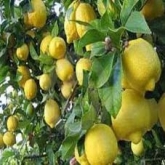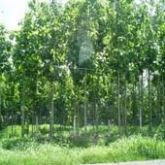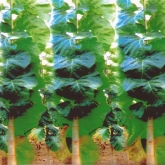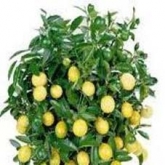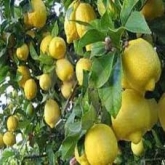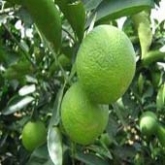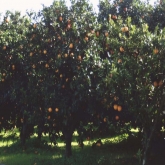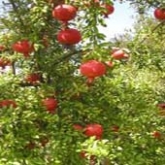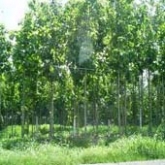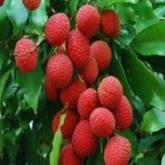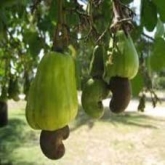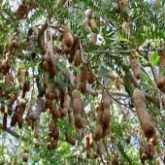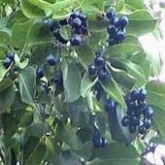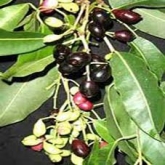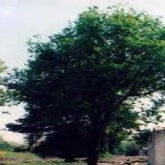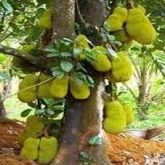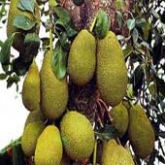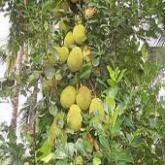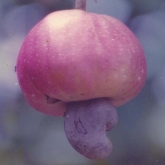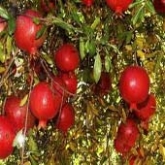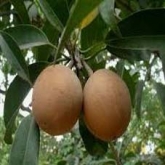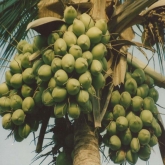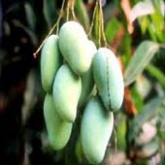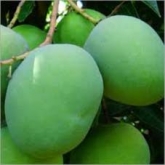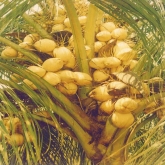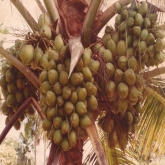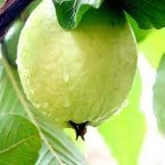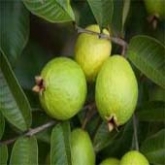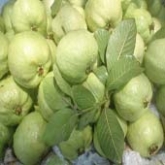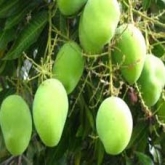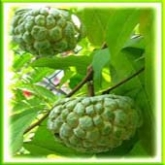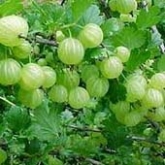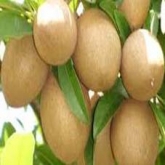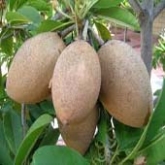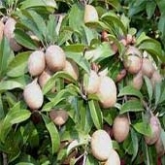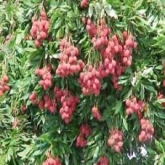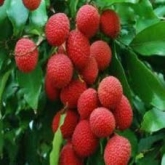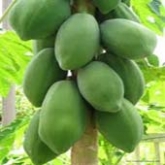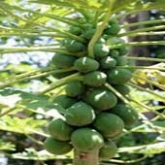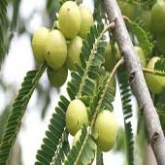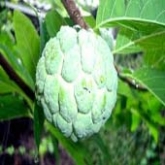We offer Tissue Cultured Teak Plants to our clients as per their requirements and specifications. Teak (Tectona grandis) is one of the most valued timbers of the world. Its timber qualities include attractiveness in colour and grain, durability, lightness, strength and ease of working and carving, resistance to termite and fungus and weathering.


Why Tissue Cultured Raised Teak- Gold plus?
- Plants raised from the superior mother plant.
- Genetically uniform plants.
- Disease free planting material.
- Uniform growth and development
- Harvesting can be done at the same time


The Growth Comparison of Teak Raised by Tissue Culture and Conventional Methods
|
Year |
Growth Parameters |
Teak |
TC raised Teak |
|
5 |
Height (m) |
4-5 |
6-7 |
|
Girth (cm) |
15-20 |
25-30 |
|
|
10 |
Height (m) |
7-8 |
9-11 |
|
Diameter (cm) |
30-35 |
40-45 |


Mode of Application / Agronomy:
Soil : All Types of soil without water logging is suitable for cultivating Teak
Climate : The optimum range of temperature is 28 degree C to 30 degree C. Dry weather after monsoon.
Variety : Local
Season Of Planting : Preferable in July to September. However, can be planted anytime except very high and low temperature
Spacing : The planting distance for monoculture system is 2m x 2m, while for intercropping, it is 3m x 6m
Days to flowering : 90 days to 110 days
Harvesting : Tissue cultured raised plants which, are able to be harvested quicker (15 to 20 years) with the acceptable wood quality ate national and international markets.
Yield : At the best we may expect a tree to produce a maximum of 238 m3 of timber from 350 trees in 15 years under best conditions of intensive management.


Sandalwood is highly in demand in India since ages. The plantations of sandalwood should therefore be a profitable investment. We provide our clients the best quality Sandal Wood Plants.
Environmental conditions and management techniques necessary for the production of Sandalwood are briefly described:
- Habitat – India, Rainfall – 200 to 800mm/year
- Temperature 35 – 40 degrees Celsius, Mean coldest month - 5 – 10 degrees Celsius
- Sandalwood is a parasitic plant so it requires host plants to partner with. It is dependent on these host plants for its nutrients and water demands to achieve and sustain healthy growth. Nursery raised host Cloned Plants such as mango or other suitable plant should be planted first followed by direct Clone of the Sandalwood nuts adjacent to these established hosts.
- Sandalwood is dependent on other plants for minerals and water, but still needs sunlight to make its own sugars, which is why it has green leaves despite having roots which attach themselves to the roots of other plants. The parasitic roots will extend some 10m from the base of each sandalwood tree. The trees need a lot of light, and are easily overgrown.
- The Sandal wood naturally grown in southern states of India where soil pH is between 6-8 and climatic temperatures between 5C-50C.
- Space required for each tree is 144 square feet (12 x12).













